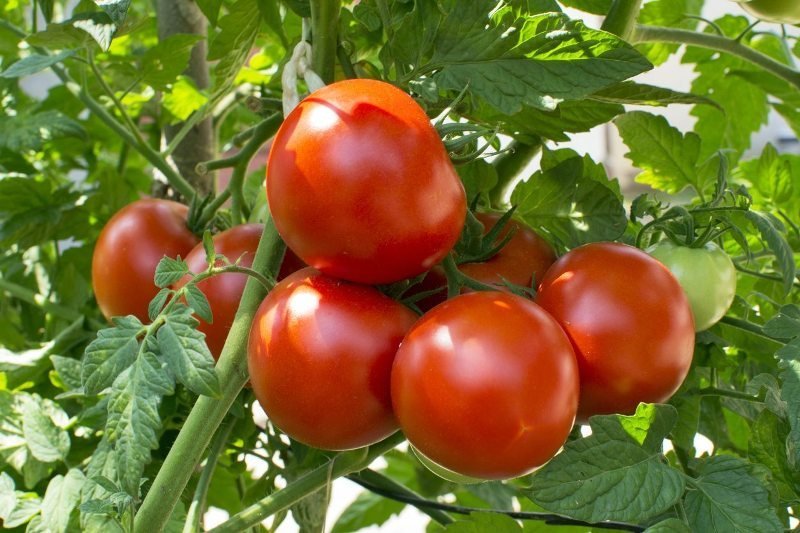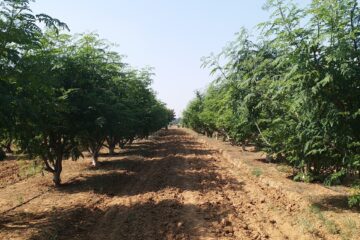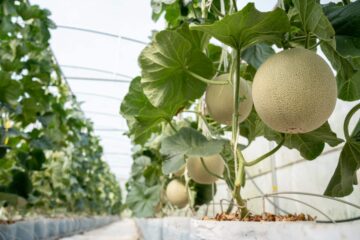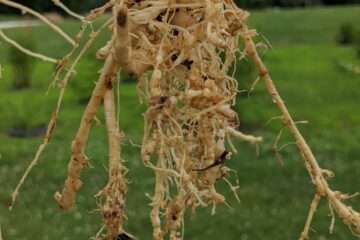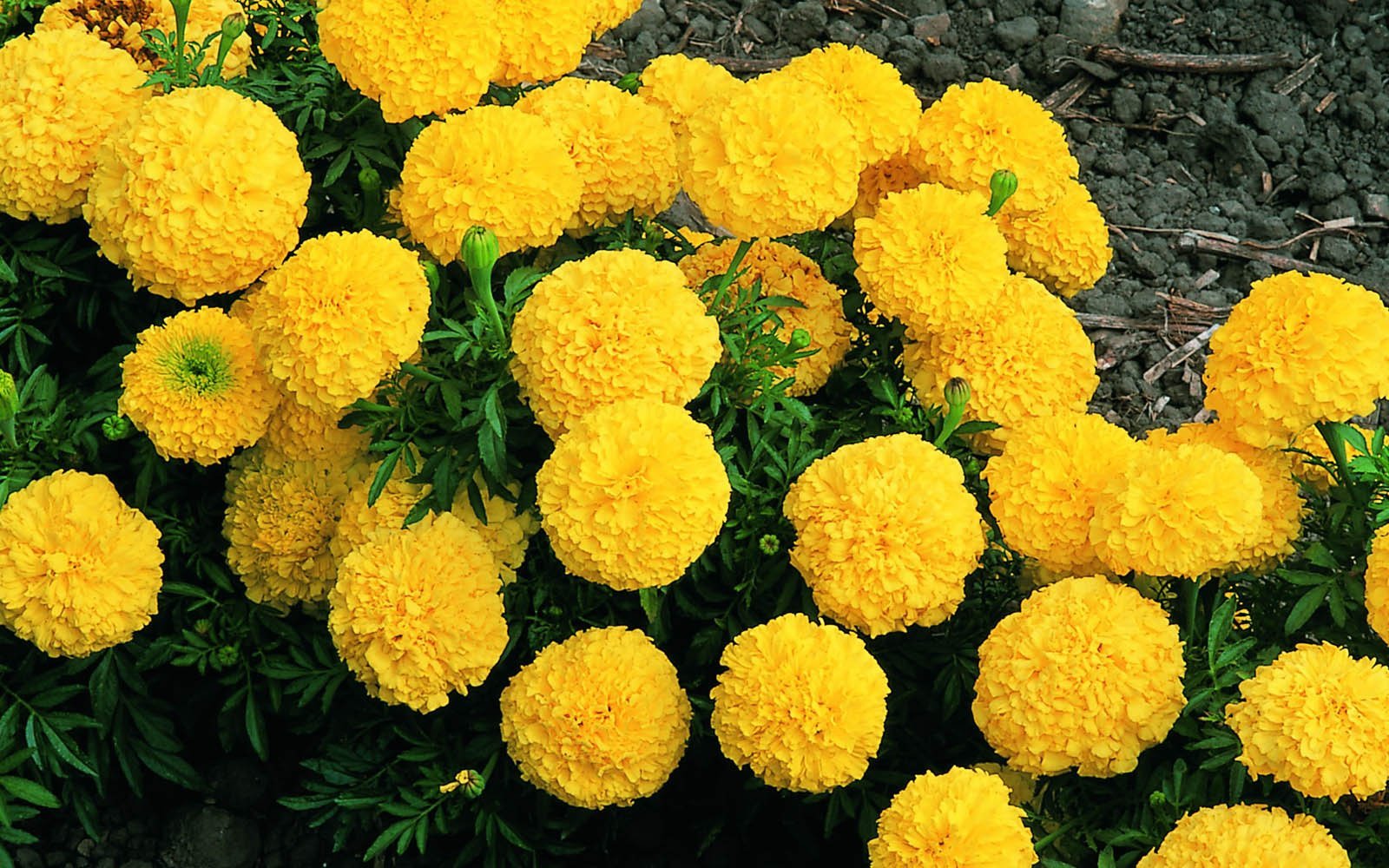Published in: June 2019
Tomato, originally from Mexico, was spread to Europe and the Americas by Spanish explorers and eventually introduced to India by Europeans. Tomatoes can be grown year-round, but they require warm temperatures, making it challenging to cultivate them in cooler climates. Loamy soil with good drainage is ideal for tomato cultivation, and the fruit’s color and quality vary depending on sunlight exposure.
Tomato plants grow between 1-3 meters in height and have weak stems that resemble vines, so they need support, such as trellises, to prevent fruits from touching the ground. While technically a fruit, tomatoes are used as a vegetable in cooking due to their low sugar content.
Temperature
Optimal temperatures for each growth stage include:
- Seed germination: 16-29°C
- Seedling growth: 21-24°C
- Fruit production: 20-24°C
- Ripening: 20-24°C
Soil
Tomatoes thrive in well-drained, sandy loam soil. Deep tilling improves root growth and soil aeration. The ideal soil pH is between 6.0 and 7.0.
Seeds
Seeds should be collected from fully mature, healthy fruits. It’s best to use seeds from the first harvest for high-quality yields. Consistent and high-quality seeds contribute to better productivity.
Varieties
Popular varieties include PKM 1, CO 1, and CO 2 (improved types), along with hybrids like CO 3, CO-TH 2, and Arka Rakshak. Improved varieties require 125 grams of seeds per acre, while hybrids need 40 grams. Seedlings require about 6,000-7,000 plants per acre, and for this, 98 seed trays are recommended. Ideal transplanting months are June-July, November-December, and February-March.
Seed Treatment
Seeds should be treated with Azospirillum and then sown in raised beds with 10 cm spacing, covered lightly with sand. Seed treatment with Thiram and Captan insecticides prevents pests and diseases for about a month.
To produce seedlings in seed trays for one acre, mix 30-50 kg of decomposed coconut fiber, 20 kg of vermicompost, 500 grams each of Azospirillum, phosphobacteria, Pseudomonas fluorescens, and Trichoderma viride, and 1 kg of neem powder. Keep the mixture covered for 30-45 days before use for better seed germination.
Spacing
After 25-30 days, transplant seedlings with the following spacing:
- CO 1: 60×45 cm
- PKM 1: 60×60 cm
- Hybrids: 150x75x60 cm (double rows)
Irrigation
After the initial planting, water the plants on the third day and then weekly or biweekly, depending on soil conditions.
Fertilization
Apply compost as a base fertilizer. Improved varieties require 30 kg of nitrogen, 40 kg of phosphorus, and 20 kg of potassium per acre as a basal dose. An additional 30 kg of nitrogen should be applied 30 days after planting, followed by soil mulching.
For hybrids, apply 20 kg of nitrogen, 100 kg of phosphorus, and 40 kg of potassium per acre. Split 40 kg each of nitrogen and potassium as a top dressing on the 30th, 45th, and 60th days. In drip irrigation systems, apply 80:100:100 kg of nitrogen, phosphorus, and potassium per acre as water-soluble fertilizers.
Pest and Disease Management
Treat seeds with Pseudomonas fluorescens before sowing. Apply 50 kg of neem cake and 1 kg of Pseudomonas fluorescens per acre. Use only pest-free seeds and seedlings, and remove plants affected by viruses. Plant marigolds as a border crop, and install 5% pheromone traps per acre to control fruit borers.
To control pests, spray a solution of 2 grams of Bacillus thuringiensis per liter of water. Release 20,000 Trichogramma chilionis parasitoid eggs per acre to naturally control pests. Yellow sticky traps and a 5% neem kernel extract solution also help manage pests. Apply 10 grams of carbofuran per square meter to control root-knot nematodes.
To prevent damping-off disease, treat seeds with 4 grams of Trichoderma viride or Thiram per kg of seeds before sowing. For whitefly-transmitted leaf curl virus, spray 40 grams of acetamiprid per acre twice, with a 10-day interval. Apply 2 kg of Puridan granules per acre to control leaf miners, which cause blight.
By following these methods, regular varieties yield around 12-14 tons per acre, while hybrid varieties yield between 22-36 tons.
R. Vasanthakumar, Technical Expert, Agricultural Science Centre, Valikandapuram, Perambalur.

